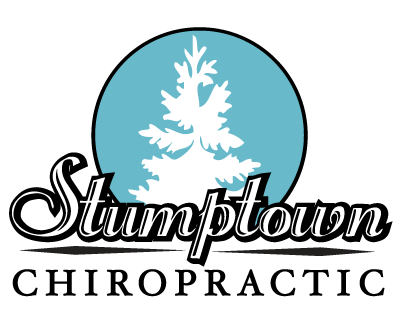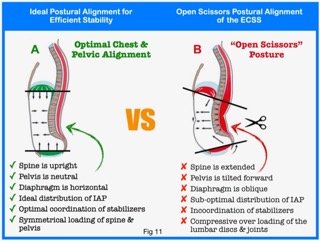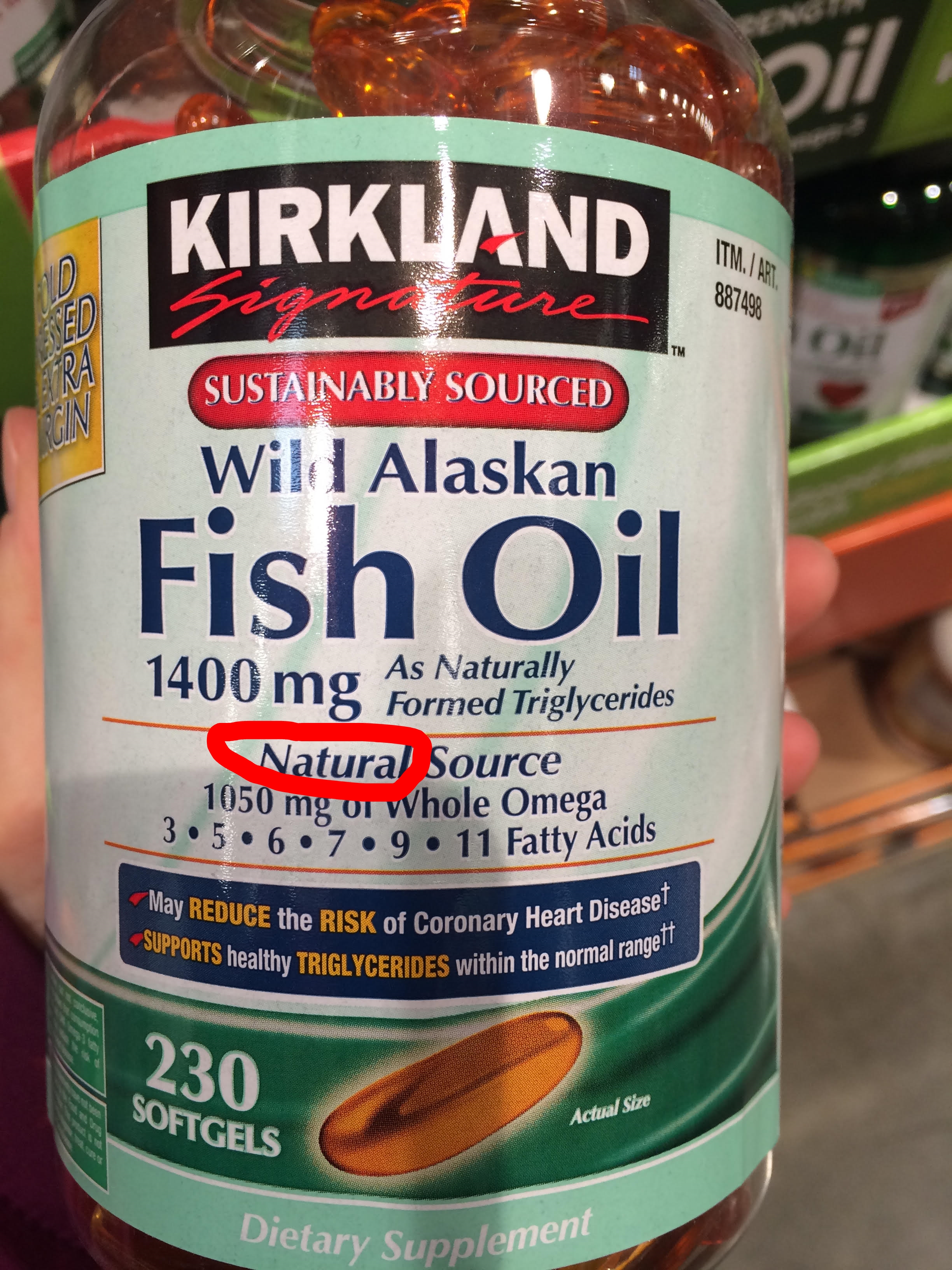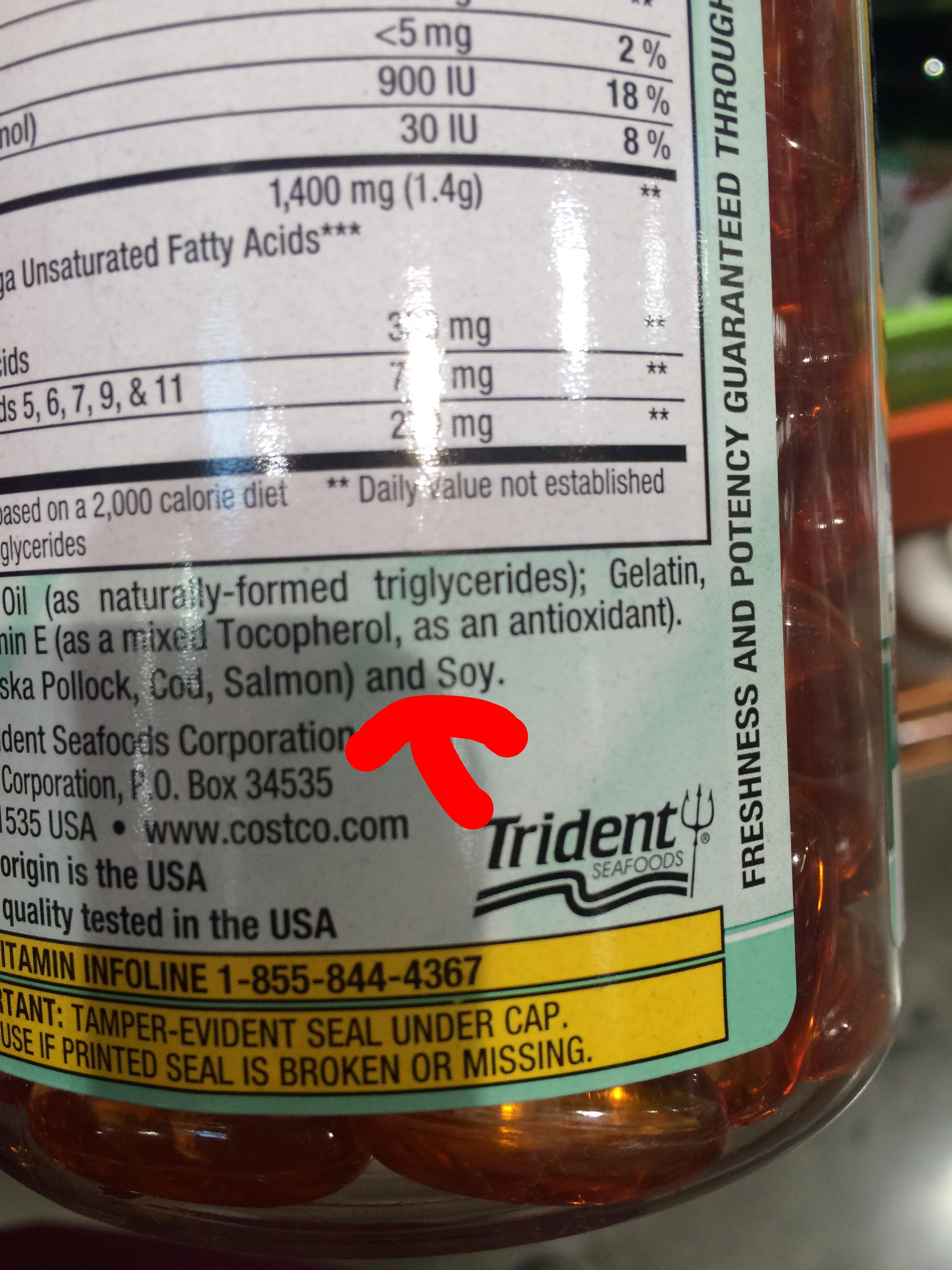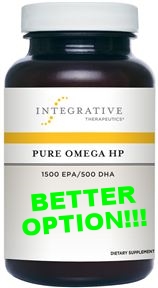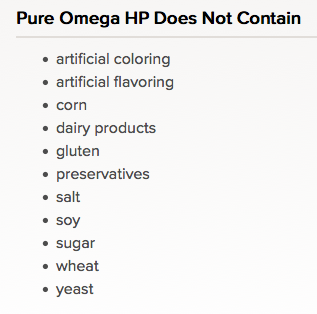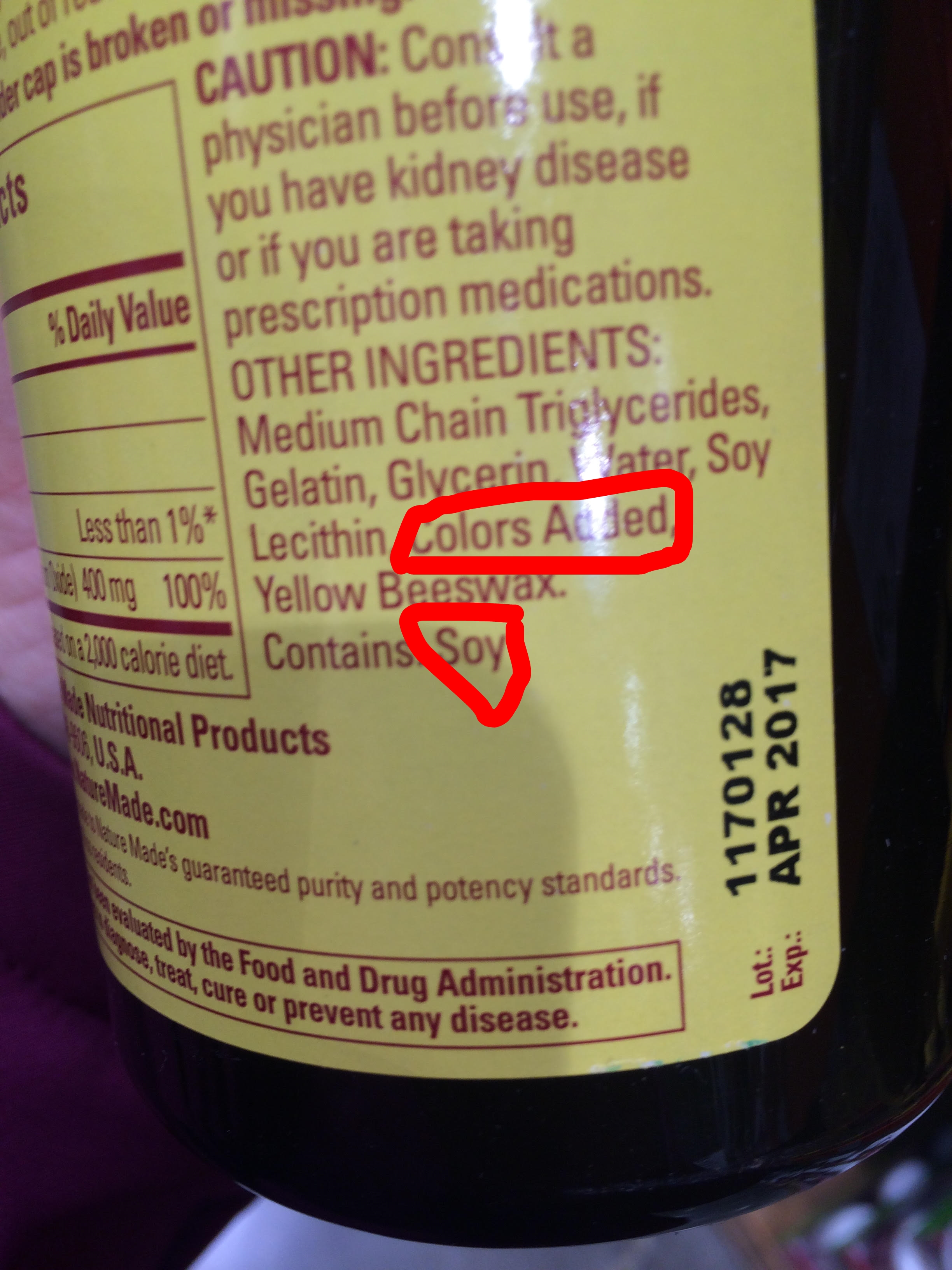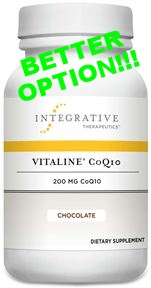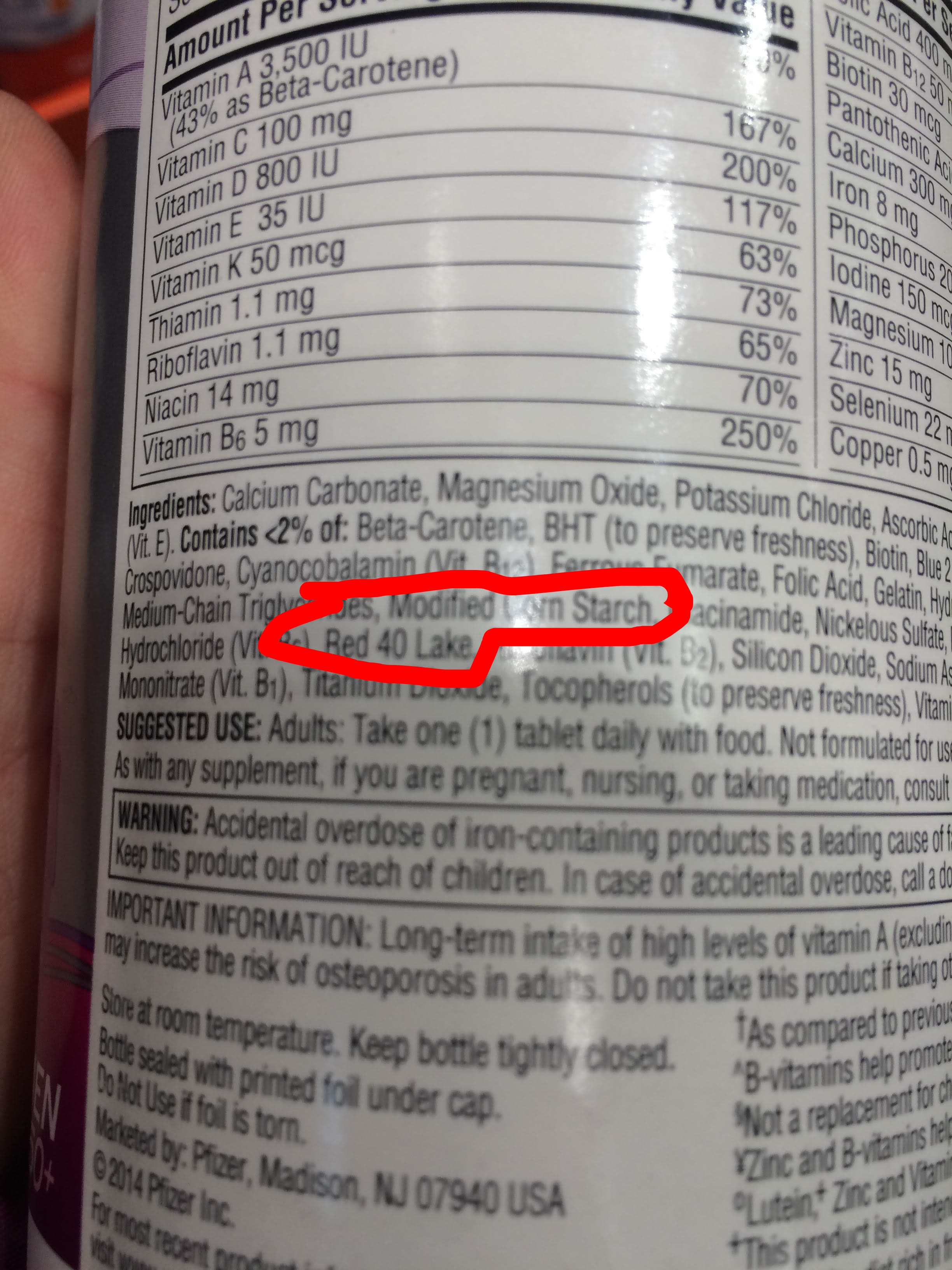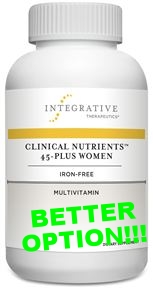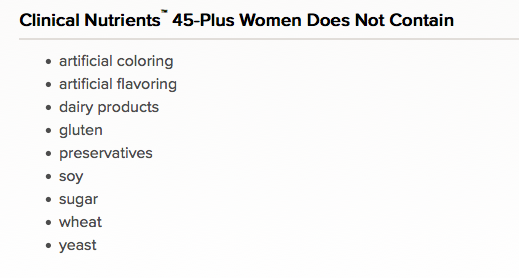Repost By @drtyna
True story here. If you spine is all glued together from lack of conditioning, inflammation and immobility, you are gonna hurt.
Keep your spine moving. Spinal pain is a very different beast than pain in your extremities (shoulders, knees, hips, etc).
Spinal pain may be due to an actual traumatic injury, but most of the time, as I've seen in my practice of over a decade, it's usually a combo of deconditioning and stiffness (the two go hand in hand, deconditioned spines like to "glue" up).
If your spine hurts, chances are you've been too sedentary for too long. My entire spine starts to hurt if I miss too much gym time.
Keeping your spine strong and flexible is KEY to aging well, longevity, decreased pain and mobility.
You have a bunch of little muscles all around your spine holding it together. Then you have ligaments holding it together too. The muscles are supposed to support and move it, the ligaments hold it together. When the muscles become deconditioned the ligaments have to take up a lot of the job of structural integrity and ligaments that are constantly being "hung on" HURT. Where they insert on bone is highly innervated and it hurts a LOT when it gets pulled on. If your muscles around your spine are not well-conditioned and doing their job, I can promise your ligaments are being over-worked and over-taxed and ultimately, over-stretched.
Ligaments that weaken allow other things to weaken, like your discs. This is a recipe for disaster.
Also, as your spine begins to degenerate, you will feel pain in your extremities. A lot of hip pain is actually coming from the spine, for instance. Shoulder pain is often coming from the spine as well. You get the picture.
Yes, you can do this work at home daily. TONS of #Pilates, yoga and stretching videos online. It really wasn't until I started deadlifting on the regular that my pain significantly improved.
#Deadlifts fix everything, IMO. However, they can be dangerous if done wrong
